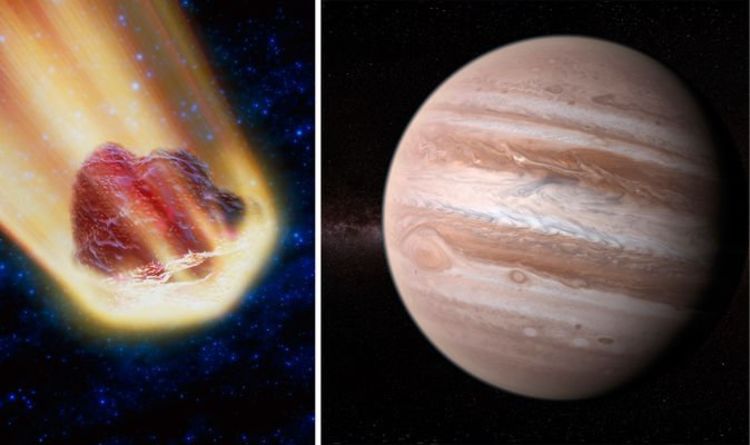
A celestial object recently struck the moon, producing a dazzling flash that was observable from Earth with telescopes. Daichi Fujii, a curator at the Hiratsuka City Museum in Japan, recorded the collision. Monitoring lunar impact flashes since 2011, Fujii employs several 8-inch aperture telescopes located in Hiratsuka. This latest event is noteworthy as it marks his second recorded flash since last Thursday.
The recent impact took place on Nov. 1 near Oceanus Procellarum, a vast lava plain referred to as the Ocean of Storms. It succeeded a bright burst two days prior nearby the Gassendi Crater. Each flash only lasted a brief moment, generated by rocks moving at approximately 60,000 mph, according to Fujii, who shared videos of the events online.
These occurrences showcase that the moon’s surface is in constant flux, characterized by myriad craters. “In the near future, the lunar environment will undergo significant changes due to private space enterprises, leading to an increase in space debris and artificial impact flashes in cislunar space,” Fujii mentioned to Mashable. “I aim to document the existing, natural lunar environment before these alterations take place.”
On Earth, roughly 73,000 pounds of cosmic dust and rock descend daily, primarily incinerating in the atmosphere. The moon, having an almost nonexistent exosphere, does not possess such defense, permitting even small stones to hit its surface at tremendous velocities, varying from 45,000 to 160,000 mph. At these speeds, a 10-pound rock could form a crater 30 feet wide and displace over 80 tons of lunar dust.
Even minor asteroids can inflict substantial damage on Earth. NASA estimates that an asteroid ranging from 100 to 170 feet in diameter could obliterate a small city. In 2013, a 60-foot meteor detonated over Chelyabinsk, Russia, injuring 1,600 individuals.
Astronomers investigate lunar impacts to grasp the frequency and intensity of space rock collisions, assisting in predicting potential threats to spacecraft. Large meteors could possibly devastate satellites or future lunar habitats. While Earth’s atmosphere enables radar detection of small meteors, the moon’s surface acts as an effective “meteoroid detector” for larger ones.
Both Earth and the moon encounter comet debris, resulting in meteor showers, yet the outcomes differ. On Earth, these showers create breathtaking displays, contrasting with the moon, where they act as high-energy projectiles that generate fireworks upon impact.
Other telescopes in Japan recorded the same flashes as Fujii, verifying that they were indeed meteoroid impacts and not optical artifacts or cosmic ray interference.
The origins of these two space rocks remain unknown, but their occurrence aligns with the annual Northern and Southern Taurids meteor showers, which peak in November. The Taurids, made up of pebble-sized pieces from Comet Encke, are experiencing a “swarm year,” as Earth traverses a region abundant in comet debris.
Despite constant monitoring, which Fujii commenced five years ago, he notes only one lunar impact flash every few dozen hours of observation. The slender crescent moon, offering the necessary dark region for these observations, is visible solely during dusk or dawn. To date, he has captured around 60 flashes, and each find continues to thrill him. “Capturing a bright flash always brings a huge sense of excitement,” he stated.